People who are not used to the smell and taste of this sauce, find it very offensive and why not? It smells like rotten, putrefied garbage. But to those that know how this sauce tastes like and is served, find it heavenly. It’s all in the mind! Once I served it to a very good friend – Denise Bellini (an Australian), and he found it tasted like cheese and liked it.
In Pampanga, where this is a common sauce for fried or grilled or roasted fish, and for steamed vegetables (eggplant, okra, ampalaya (bitter melon), sitaw (long pole bean)) or fresh mustard leaves, the meal is incomplete without this sauce. There is also a version where fish is used instead of shrimps, maybe you could try that out too. Usually this is made in large quantities because it is used frequently.
I have made this Sydney upon the request of my Filipino ladies group and our home’s architect – Ton Jaucian. It just takes a bit longer to ferment due to the cool weather of Sydney.



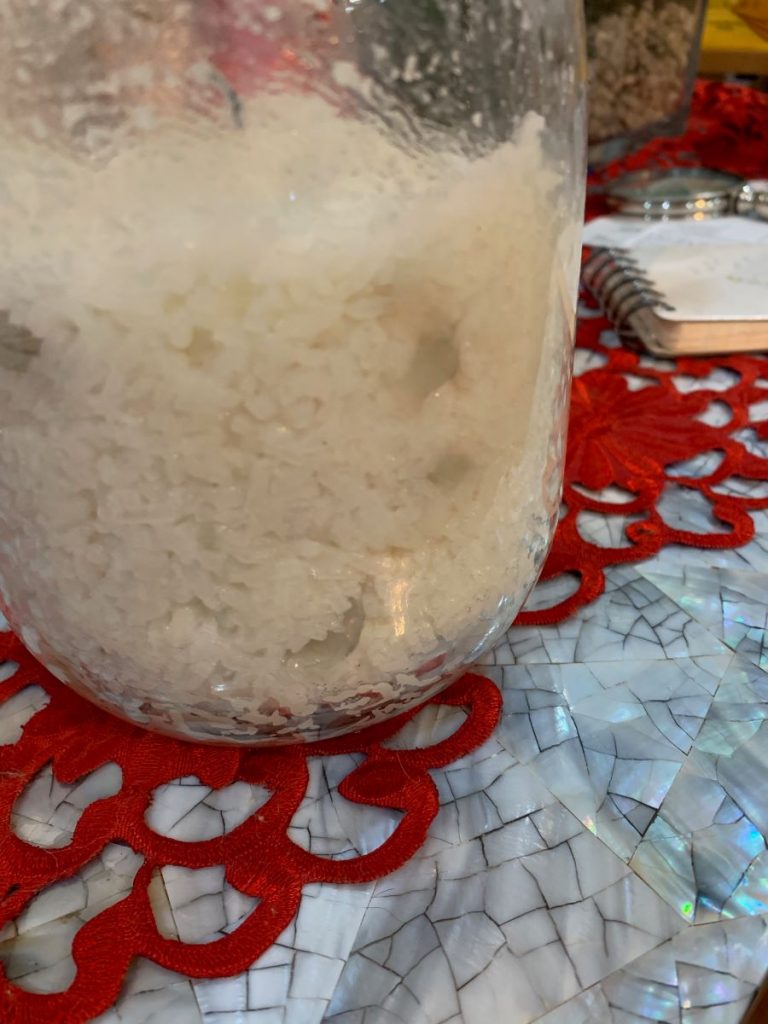



Details on how to cook Balo Balo in the notes section after the recipe.
Balo-Balo or Burong Hipon (Fermented Rice with Shrimps Sauce)
This fermented rice and shrimp condiment from the Philippine province of Pampanga is usually served as a side sauce for fried or grilled fish, steamed vegetables, or fresh mustard leaves.
Ingredients
- 5 cups cooked rice - boil 3 cups washed white rice with 5 cups of water till cooked; you come up with a soft kind of cooked rice; cool rice thoroughly before measuring.
- 500 grams very fresh shrimps - alive if possible, the 2-inch long size; do not peel. In Sydney where you do not find shrimps that are alive, I use small, fresh prawns that are peeled and sliced in half - lengthwise. If you want to use fish, I use filleted fish and slice into 1/2-inch cubes or in small strips. In the Philippines, you can use whole small fresh gurami or tilapia, de-scale, debone and cut into finger sized strips. Do not use head of tilapia. Some even use the mud fish for this.
- 250 grams young, fresh bamboo shoots - sliced very thinly and blanched for 5 minutes in hot water and drain well and cool down
- 150 grams (1/2 cup) salt
Instructions
Get a well-washed, dry, 1 to 2 gallon glass jar.
Rinse the shrimps/fish with water and drain well. Pat dry to ensure dryness.
In a large bowl, place shrimps and sprinkle with the salt, and mix thoroughly.
Using rubber gloves, spread cool rice in a large bowl.
Mix the bamboo shoots with the shrimps.
Mix the shrimp/bamboo with rice using gloved hands.
Put the mixture inside the jar, in layers, packing well each layer. You want to avoid air pockets in the jar.
Cover the mouth of the jar with a clean sheet of plastic and close with lid.
Set aside in a cool place and let ferment for three days. In temperate countries, fermentation may take longer. What I do is on the third day, I smell the mixture and see if it's smelly enough for me. The smellier it is, the more sour the sauce becomes. So watch for it. Also, the whole tiny shrimp and fresh fish, ferments faster than peeled prawns or filleted fish.
Notes
- Sometimes it is hard to find glass gallon jars and I use a glass bowl that has a lid.
- If you want to, cook the fermented shrimp mixture after three days so it will not be too smelly.
- If you let another 2 days go, keep it in the refrigerator so that it does not ferment too fast.
How to cook the fermented mixture:
Ingredients:- 1/2 cup cooking oil
- 2 tablespoons finely crushed garlic
- 2 cups finely chopped onions
- 250 grams fresh tomatoes, seeded and coarsely chopped
- 1/4 of the mixture
- In a non-reactive (non-stick or ceramic or glass), heavy sauce pan, over low fire, pour in oil and sauté garlic and onion till the garlic is a light golden tan and the onions are translucent.
- Add the tomatoes and simmer for 10 minutes or till the tomatoes do not have a raw taste.
- Constantly stir to prevent sticking to bottom of pan.
- Add the mixture and cook for about 10 minutes, stirring continuously.
- Taste the mixture and adjust to your liking. It must not be too salty.
- Cool and serve.
When it is hot, it really smells! When it’s cooled, it does not smell too bad.
Serve with fried, or grilled fish and steam vegetables and hot rice.
This recipe was originally published on July 2, 2019 and was updated with photos on January 9, 2020.
Updated again on December 1, 2020.

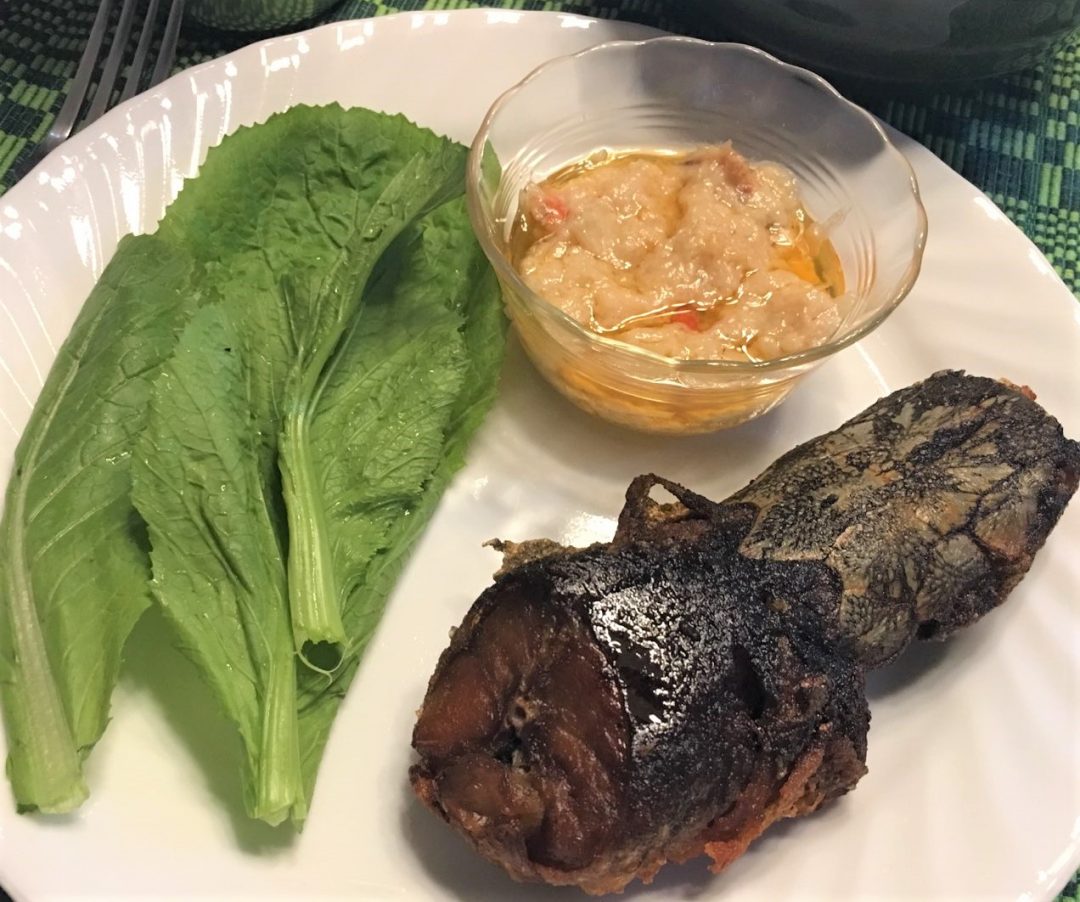

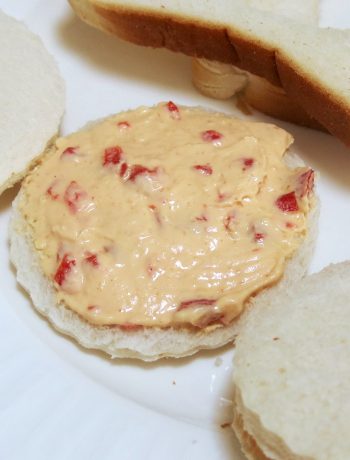
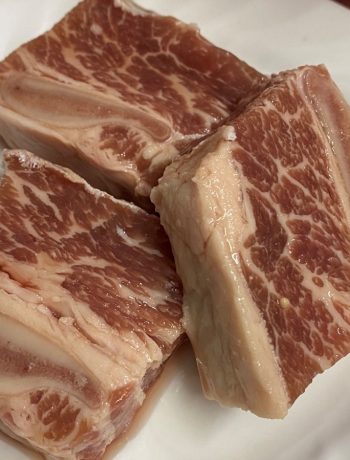
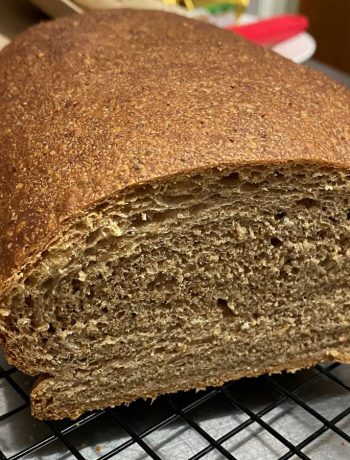
No Comments